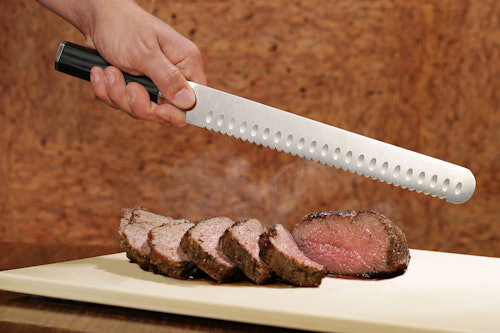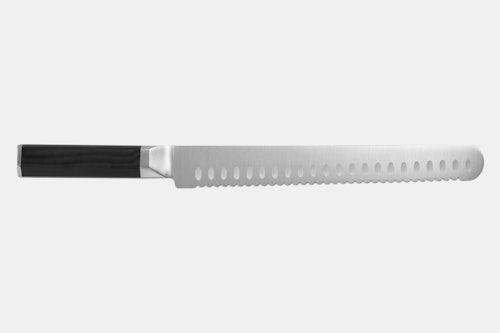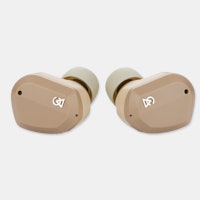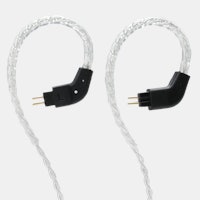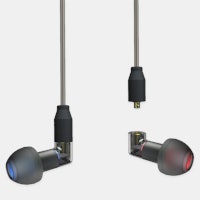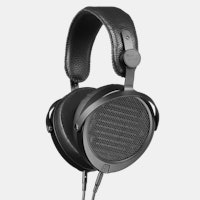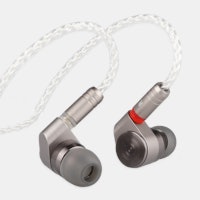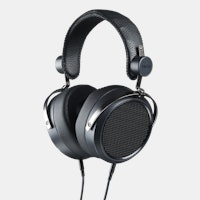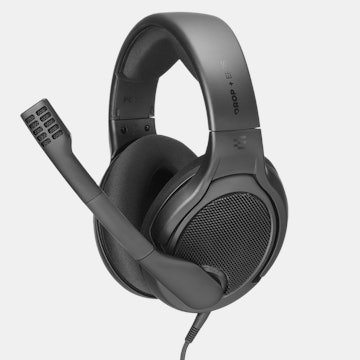Click to view our Accessibility Statement or contact us with accessibility-related questions









Massdrop x Apogee Vital Super Slicer Kitchen Knife
Massdrop x Apogee Vital Super Slicer Kitchen Knife
bookmark_border
Where's the price?
To negotiate the best possible price for our customers, we agree to hide prices prior to logging in.
877 requests
·
Free Returns in USA
Product Description
Our third collaboration with Apogee Culinary, and the second knife in the Vital series, the Super Slicer is designed to slice bread and pastries without excess crumbs, and to slice meats without releasing their juices—in other words, everything you can’t do effectively with the original Vital 8-inch chef’s knife. When paired with the original, this formidable duo can tackle 90 percent of kitchen cuts Read More

search
close
Sort by: Newest
keyboard_arrow_downMassdroppedagain
18
May 12, 2021
why not keep your normal knives razor sharp. you will never keep a serrated edge as sharpe

m_Assdrop
39
Mar 3, 2021
Not sure what EDC stands for, but are there any kool kids out there who can comment if this bread knife would be considered EDC?
Any recommendations for artisanal leather sheaths for carrying this while biking?
guru117
0
Feb 24, 2021
Has anyone ordered this in India? I am asking because I need to know whether it will be cleared by customs or not. India is not mentioned in the list.

SDante
109
May 15, 2020
These are the kind of knives you normally buy for $20 a pair, not $60 and never $90.
14themoney
1395
Feb 18, 2020
Knivesandtools.com
The best method is to use a ceramic sharpening rod. This allows you to sharpen tooth for tooth. It is important to choose a sharpening rod whose diameter matches the serrations of your knife. When your sharpening rod is too thick, you will not fit quite right into the serrations and then sharpening is pointless. The sharpening rod by Lansky has a diameter of 8mm and is therefore thin enough for sharpening most bread knives. Then again it is so thin, that it takes a bit more work to hit the entire serration of a more coarse serration. The sharpening rod by Edge Pro is a bit thicker, measuring 13mm, but fits well for many breadknives. The Skerper sharpening rod measures 14mm and is a good option for coarser types of serrations.

blackcat1
8
Feb 1, 2020
OK. For people that have no idea about this knife:
- It’s a beveled edged knife first designed for pastry chefs.
- if you hone it with a steel or sharpen on a stone, only do so on the angled side and NOT the straight side or this will effectively ruin your knife.
- If & when you decide that your knife needs to be sharpened further, use a steel meant for a chain saw, (this is available at a good hardware store) & finish off with a good flat edged steel or knife block.
- The knife is rounded at the front because it was first designed to cut both pastries & more importantly, cakes. Trust me when I say, this designed knife is perfect for bread. I have been using this particularly designed knife for over 25 years as a chef. Of course manufactured by different companies.
- The only thing I can see that could be a failure, is that the blade is exactly the same height from tip to hilt. Normally with this design, there is approx 0.3 inches difference in height from tip to hilt. This does make a difference, even if it sounds so small.
- Price wise, it has a cheap price tag, so who knows what the quality will be like.
- That’s it, that’s all I have, hope it was helpful.

jonro
35
Oct 4, 2019
I don't like the handle on it at all. There's no place to support your finger on the top and the handle looks a bit short, from the photos. I'm not a chef, but personally I feel that a slicer should have Granton scallops and a bread knife should be serrated. I think that it would not make a good meat slicer with the serrated blade.

mwpeterson
31
Jul 14, 2019
Has anyone used Apogee’s sharpening service? Is it worth the hassle of shipping the knife off?
The slicer didn’t come from the factory very sharp (compared to the chef’s knife). Is there any reason to expect a sharper edge the second time? Or am I better off taking my Lansky stones to it and keeping it up myself?
Pretty sure I just answered my question, but appreciate any insights or experiences y’all have.
Thanks!

reswright
3852
Jun 16, 2019
Go figure that out of all the Apogee knifes they’re selling as having a bolster, the one they actually put it on was the bread knife.
SMDH
Showing 13 of 87
Recent Activity

